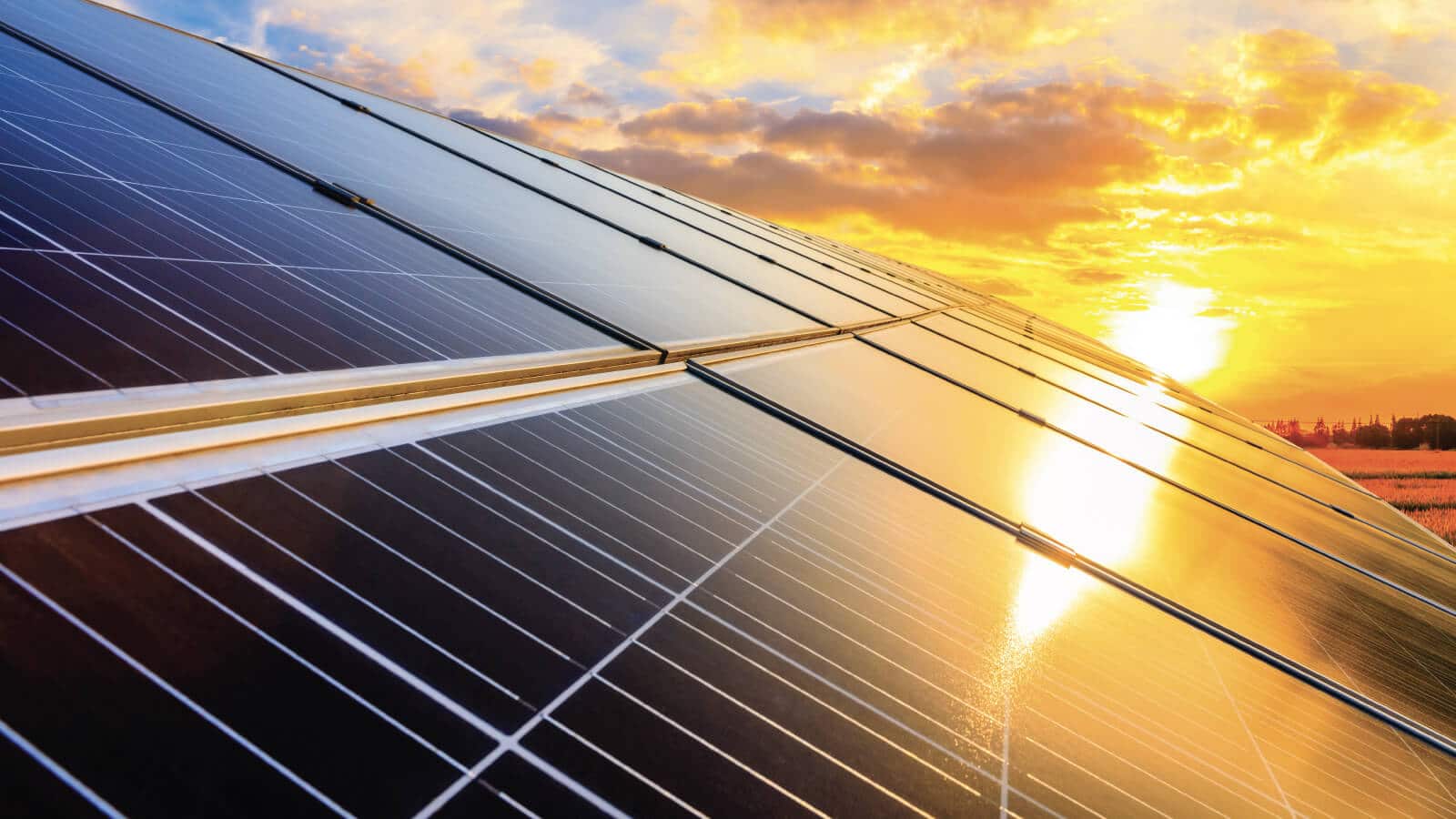What is the difference between a solar and a battery backup inverter?
Solar inverter or backup inverter? When do you get a battery backup inverter or solar inverter? What is the difference between a solar and a battery backup inverter?
Our Solar and Backup Power Specialists explain the key difference and help you choose which one you would need.
Solar Power Inverter
Direct current (DC) electricity is converted into alternating current (AC) electricity by a solar inverter, a part of a solar panel installation. Of course, power grids usually distribute AC electricity. By changing directions, AC electricity lives up to its name. Unlike DC electricity, it can change directions, enabling it to travel over greater distances. The DC electricity generated by a solar panel system is transformed into AC electricity by solar inverters.
The majority of solar inverters resemble little boxes. Between a solar panel installation and the house or structure it powers, they are placed. The solar inverter is where the DC electricity generated by a solar panel installation is transformed into AC electricity. The newly converted AC energy will enter the building after exiting the solar inverter.
Solar inverters come in a variety of styles, of course. Battery solar inverters, central solar inverters, micro solar inverters, and hybrid solar inverters are a few of the most popular types.
In any case, they all operate by converting the DC electricity generated by solar power installations into AC electricity.
Backup Power Inverter
The battery charger on the home inverter draws electricity from the main supply (Eskom) and maintains the batteries’ charge at safe operating levels when you have power from the electrical grid.
The inverter automatically transfers energy from the battery bank and converts the DC power stored in the batteries to AC electricity utilized by your home when the grid goes down (Eskom load shedding). Since the system is permanently attached to the equipment you wish to back up, when the power goes out, this equipment is seamlessly supplied with power and is not impacted by the loss of electricity from the Eskom grid. The inverter incorporates a safety cut-off that prevents damage to the batteries if the batteries run too low.
When the power from the electrical grid is restored, the inverter will instantly start charging the batteries. Even if the power is restored, your appliances are still connected to the system. The entire procedure is automatic.
Solar Inverter or Backup Inverter?
The battery charger on the home inverter draws electricity from the main supply (Eskom) and maintains the batteries’ charge at safe operating levels when you have power from the electrical grid.
The inverter automatically transfers energy from the battery bank and converts the DC power stored in the batteries to AC electricity utilized by your home when the grid goes down (Eskom load shedding). Since the system is permanently attached to the equipment you wish to back up, when the power goes out, this equipment is seamlessly supplied with power and is not impacted by the loss of electricity from the Eskom grid. The inverter incorporates a safety cut-off that prevents damage to the batteries if the batteries run too low.
When the power from the electrical grid is restored, the inverter will instantly start charging the batteries. Even if the power is restored, your appliances are still connected to the system. The entire procedure is automatic.
Why not Both?
Get the benefits of both a solar and backup inverter!
It’s called a “Hybrid” Solar PV installation and not only does it provide all the benefits of grid-tied (traditional) solar solutions but with the added benefit of having battery backup power for loadshedding
A hybrid solar PV system uses solar panels and a hybrid inverter with a battery backup connected to the electric grid.
The hybrid inverter draws power from the grid and the battery backup, and is a massive advantage during loadshedding.
If managed correctly (timing when you run your heavy appliances according to peak sunlight hours), a Hybrid Inverter system will use the solar energy created from your solar panels to charge your battery backup system during the day.This means you can have up to ~4 hours of power in the evenings and early mornings without ever having to use Eskom’s power supply.You read that correctly, with a Hybrid inverter you can be 99% self-reliant on your energy consumption which not only saves you money in electricity bills but also saves you from experiencing loadshedding ever again.




